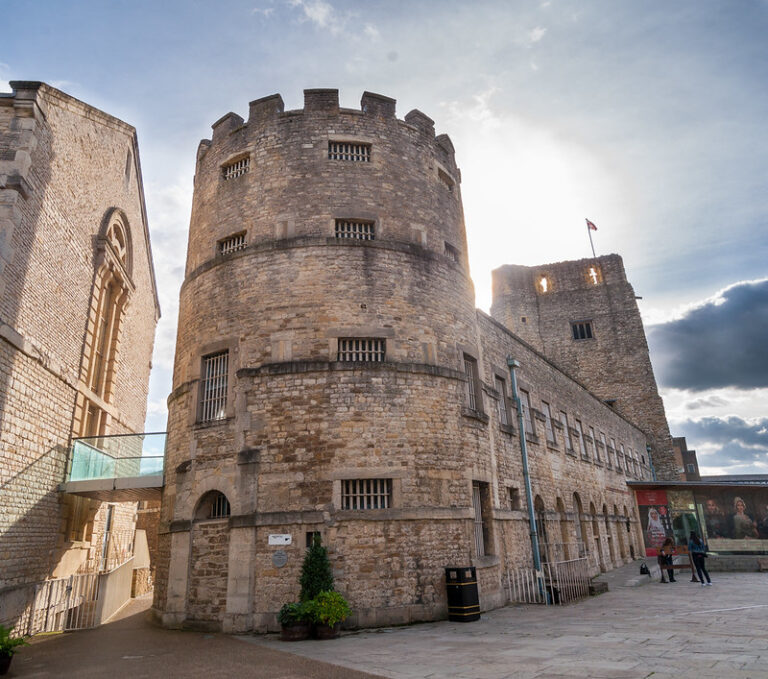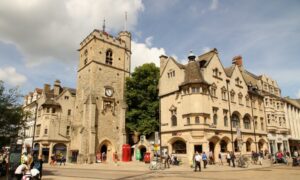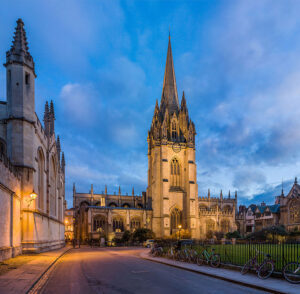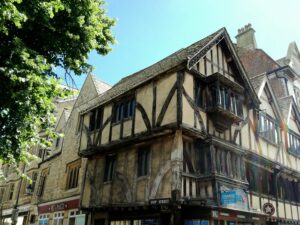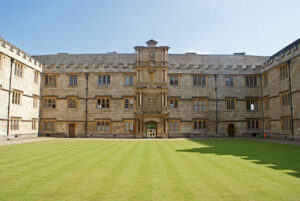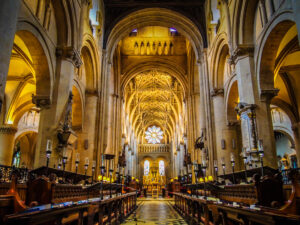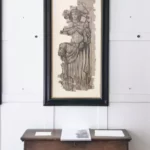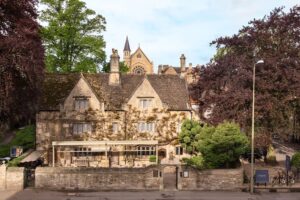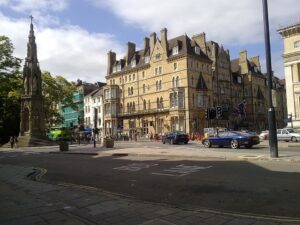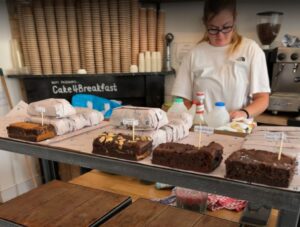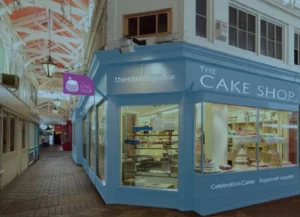Oxford Castle is a partly ruined Norman medieval castle on the centre of Oxford. The castle then became a prison, which closed in 1996. Today, you can visit this fantastic location and enjoy a variety of activities – including a climb to the tower, a descend into the crypt, and a fascinating historic mound. Plus, stories about England’s rulers and one of the best gift shops in the city!
What's the History of Oxford Castle?
Oxford Castle was originally a wooden motte and bailey castle. The wood was replaced by stone around the late 12th or early 13th century. Although Oxford Castle played a crucial role in the conflict of the Anarchy (a civil war in England and Normandy between 1138 and 1153), its military value decreased in the 14th century and the place became a prison and county administration building.
In the aftermath of the English Civil War (1642–1651), Oxford Castle underwent significant transformations reflective of the conflict’s impact on the region. The castle, originally constructed for strategic purposes, found itself at the epicenter of political and military upheavals during this period. As a key Royalist stronghold, it played a pivotal role in the defense of Oxford, which served as the Royalist capital during parts of the war.
Who Built Oxford Castle?
It’s believed that Oxford Castle was built by the Norman baron Robert D’Oyly the elder between the years 1071 to 1073. D’Oyly had accompanied William the Conqueror on his invasion of England. After their victory, William granted him extensive lands in Oxfordshire.
The castle was built to dominate the town, which had suffered considerable damage during William’s campaign. D’Oyly soon became the foremost landowner in Oxfordshire and was given a hereditary royal constableship for Oxford Castle.
Can’t see this widget? Use this link instead.
The Original Motte and Bailey Castle
The original wooden castle was a large motte and bailey, situated on a raised area of ground. The motte was originally about 60 feet (18 m) high and was made from layers of gravel strengthened with clay facing. This structure was replaced by stone in the late 12th or early 13th century.
The classic motte and bailey design typically consisted of a raised earth mound (the motte) crowned with a wooden tower or keep, providing an elevated vantage point for strategic observation. Adjacent to the motte was an enclosed courtyard (the bailey) surrounded by defensive walls and often housing additional structures like living quarters, stables, and workshops. This particular motte and bailey Castle definitely played a pivotal role in the city’s defense. During this period, such castles were essential for asserting control over territories, serving as military strongholds and administrative centers.
St George’s Tower, built of coral rag stone, was the tallest of the castle’s towers. Some believe it’s Saxon in origin, as it doesn’t seem to belong within the outer defences of an earth-and-timber castle.
Oxford Castle & Prison Reviews
A Time-Traveler’s Delight
“As a self-proclaimed time-travel enthusiast, my visit to Oxford Castle and Prison was nothing short of exhilarating. The echoes of the English Civil War resonated through the ancient stones, transporting me to an era where kings and rebels clashed. The scars of battle were vividly apparent, and the prison cells whispered stories of a bygone time. The immersive experience was like stepping into a living history book, and I left with a newfound appreciation for the castle’s pivotal role in shaping England’s past.” JD
Ghost Hunter’s Paradise
“Searching for a spine-tingling adventure? Look no further than Oxford Castle and Prison! As a seasoned ghost hunter, this historic site surpassed my expectations. The eeriness of the prison cells and the haunted tales that linger within the castle walls sent shivers down my spine. Whether it was the chilling stories of former inmates or the inexplicable creaks in the darkness, every corner held the promise of a ghostly encounter. A must-visit for thrill-seekers and paranormal enthusiasts!” Adam
Medieval Feast for the Senses
“For a medieval feast for the senses, Oxford Castle and Prison is a hidden gem. The ambiance of the castle courtyard set the stage for a banquet fit for royalty. The immersive medieval banquet experience, complete with period costumes and authentic dishes, transported me to a time of knights and maidens. The live entertainment, featuring jesters and minstrels, added a whimsical touch. It’s not just a tour; it’s a culinary and cultural journey through the medieval ages. Five stars for an enchanting evening!” Miranda
How do you Visit Oxford Castle?
Can’t see this widget? Use this link instead.
Oxford Castle & Prison is open to the public every day of the week. There is an optional 101 step climb with a fantastic panoramic view of the city, a candle-lit crypt, 18th century prison cells, and several events throughout the year.
It’s generally recommended to book a ticket in advance, which you can do though their website. They offer regular guided tours and children can visit for free.
